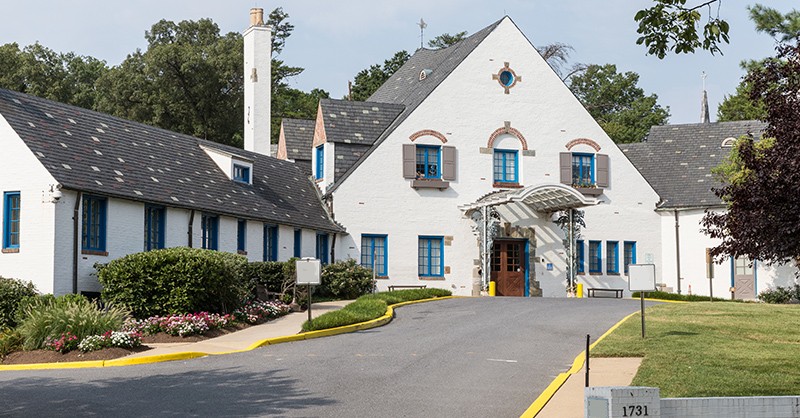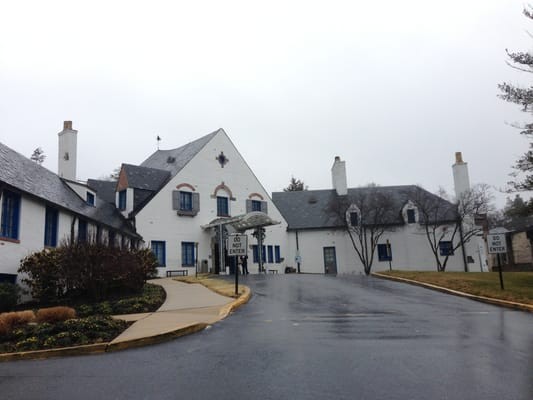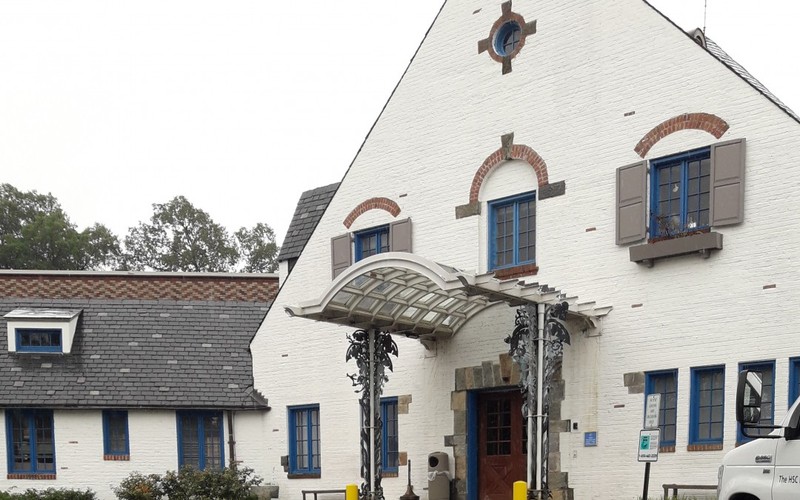Children's Country Home / Hospital for Sick Children
Introduction
Text-to-speech Audio
Images



Backstory and Context
Text-to-speech Audio
When the Children’s Country Home opened on Bunker Hill Road in 1930, it was the third location of the hospital. The organization was originally founded in 1883 as Children’s Country Home by “a few young ladies of St. John’s Parish." At that time, the parish leased a building on Grant Road and operated the facility for only a few months each year during the summer. The founders hoped that the home would enable children “in feeble health” to benefit from a change in air and exercise. From the beginning, the home was open to all children and during the first summer of operation, the home cared for forty-eight patients.
The 1930 Children’s Country Home was the first building in Washington, D.C. designed as a purpose-built children’s convalescent home. First Lady Lou Hoover laid the cornerstone at the groundbreaking ceremony. With the new building, the function of the Children’s Country Home expanded to a year-round institution with a more professional nursing staff at its helm. The new Children’s Country Home provided care to children under six years of age with non-communicable diseases - ailments treated here ranged from broken bones to malnutrition. Children would be referred to the Home by neighboring hospitals, where beds were needed for more seriously ill patients. The average stay for children at the Children's Country Home was approximately two months.
Constructed to resemble a Norman cottage, the building demonstrates the influence of the Progressive Era on the design of medical buildings in later decades. It also serves as a testament to the work of the notable architectural firm, Wyeth and Sullivan. Wyeth and Sullivan were prominent architects local to the Washington, D.C. area, and the partnership they established produced some of the city’s most notable public, residential, and institutional buildings. The building was acknowledged during its day and was deemed “Outstanding Building of the Year” in 1931 by the Washington Board of Trade.
Wyeth’s previous firm completed construction of the Columbia Hospital for Women and Lying-In Asylum, with Sullivan as the principal designer for both. The firm designed several hospitals for the military and the Loudoun County Hospital, as well. For the Children’s Country Home, Wyeth and Sullivan chose an asymmetrical layout, or a “connected corridor plan”, that was designed to be reminiscent of a Normandy cottage. The layout not only looked picturesque in the sprawling landscape that surrounded Bunker Hill Road, but it also gave the hospital a very domestic feeling that was believed to be more comforting for children than an institutional layout.
Sources
Children's Country Home, National Register of Historic Places. Accessed December 14th 2020. https://catalog.archives.gov/id/117692031.
Children's Country Home, Wikipedia. Accessed January 21st 2021. https://en.wikipedia.org/wiki/Children%27s_Country_Home.
